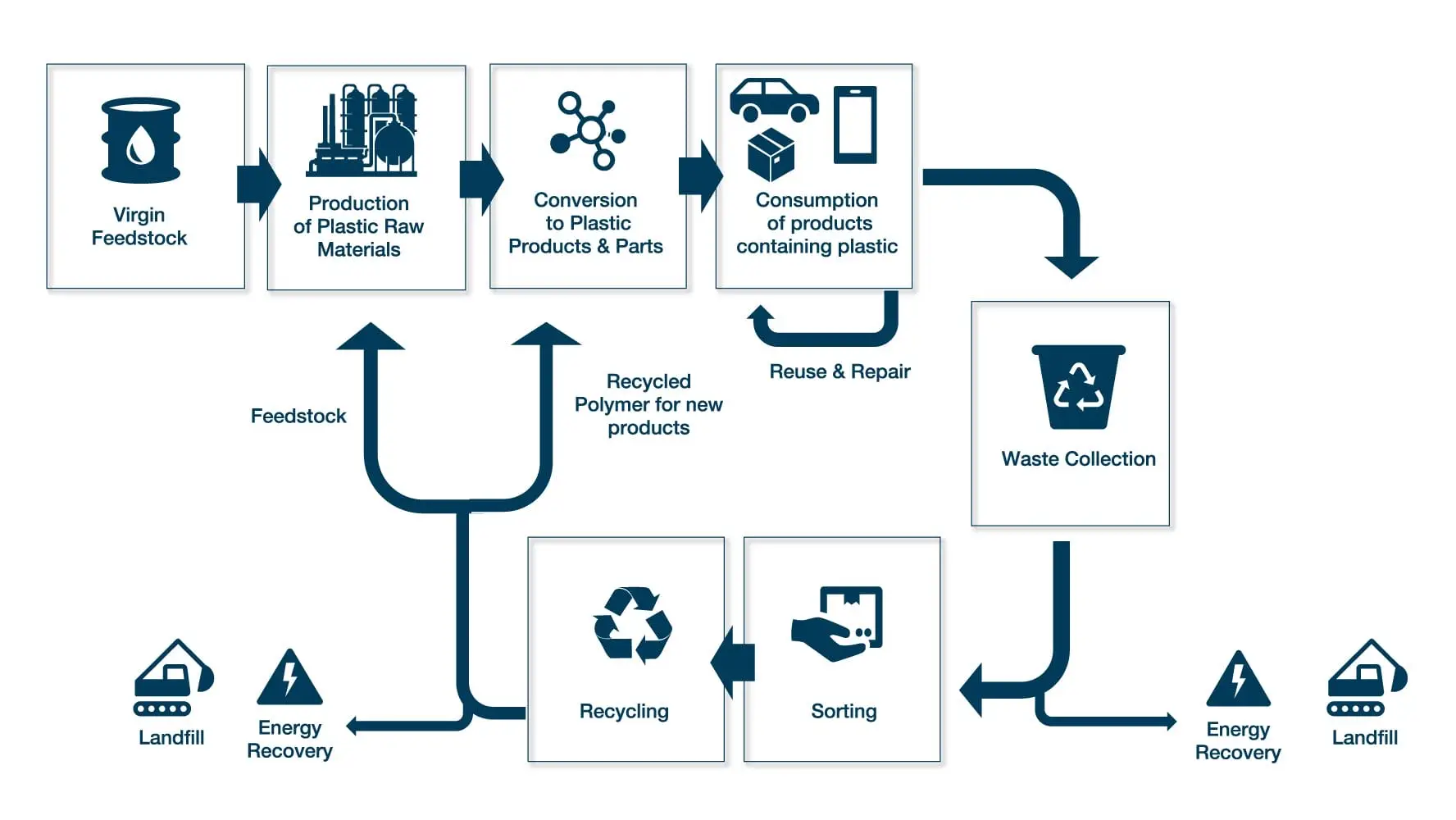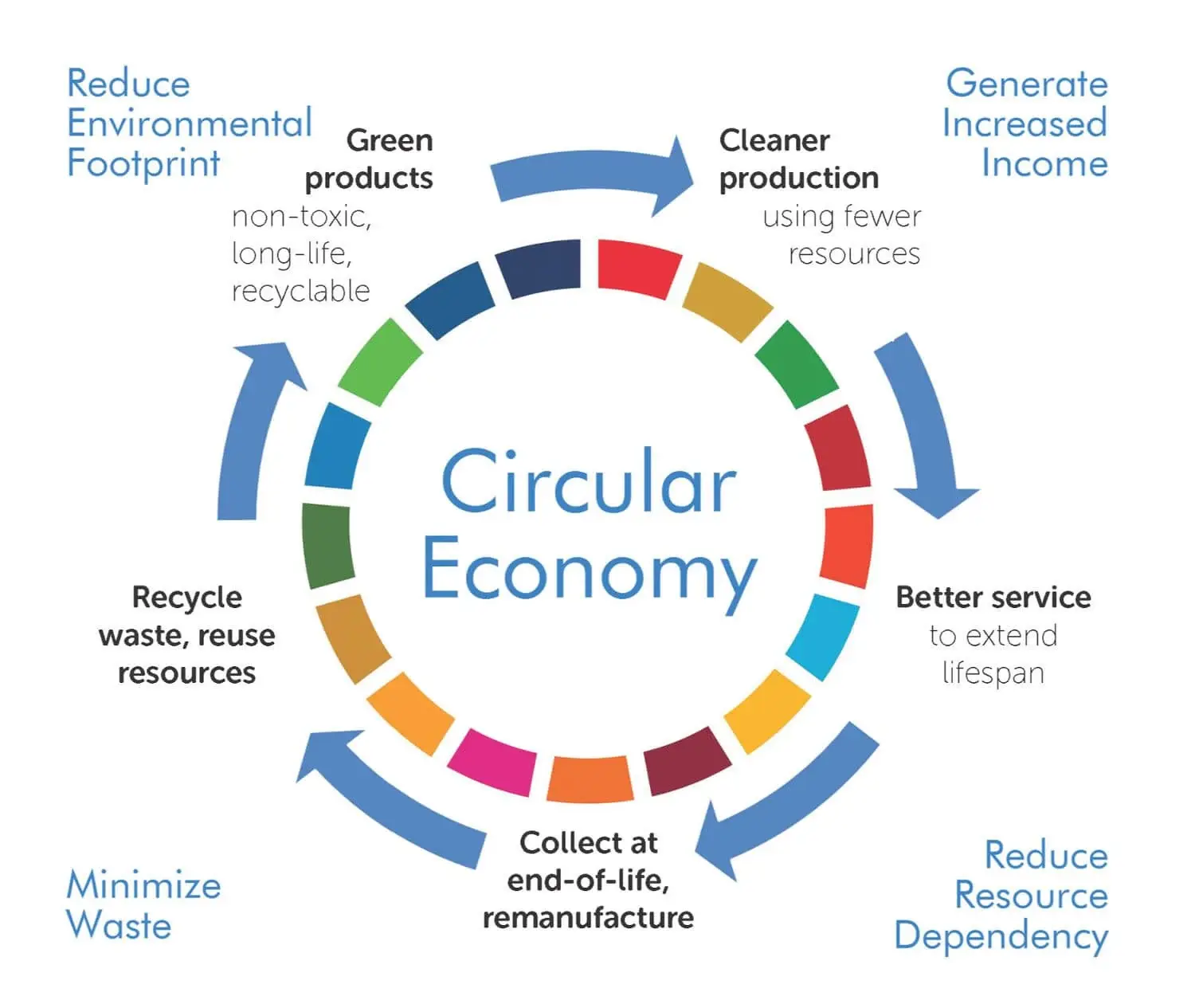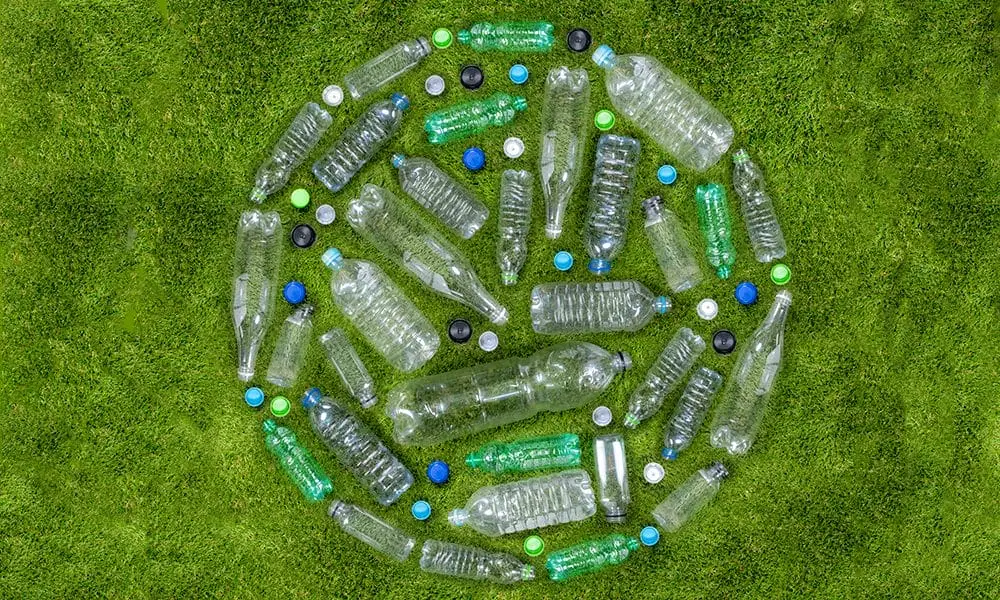- RESEARCHDistance Learning at AIU is enhanced by vast academic resources and innovative technologies build into the Virtual Campus: Hundreds of self-paced courses with video lectures and step by step lessons, thousands of optional assignments, 140,000 e-books, the Social Media & Networking platform allowing collaboration/chat/communications between students, and MYAIU develop students holistically in 11 areas beyond just academics.
- PROGRAMS OFFERED
- Areas of Study
- Courses and Curriculum
- Open Courses
- Register for a Program
- Associate Program
- Associate in Addiction Counseling
- Associate in Agriculture Food And Resources
- Associate in Anti Terrorism Security
- Associate in Behavior Analysis In Special Education
- Associate in Bioethics
- Associate in Climatology
- Associate in Cultural Theological Communication
- Associate in Culinary Arts
- Associate in Ecotechnology
- View all Associates Programs
- Bachelor Program
- Bachelors in Community Development
- Bachelors in Environmental Science
- Bachelor in Education (B.Ed, BS)
- Bachelors in Economics
- Bachelors in Entrepreneurship
- Bachelors in Financial Administration
- Bachelors in Human Resource Management
- Bachelors in Linguistics
- Bachelors in Nutritional Science
- Bachelors in Occupational Health and Safety
- Bachelors in Psychology
- View all Bachelor Programs
- Doctorate Program
- Doctor | of Biology (PhD)
- Doctorate in Business Administration (DBA, PhD)
- Doctor of Economics (PhD)
- Doctor of Electrical Engineering (D.Sc, PhD)
- Doctor of Finance (PhD)
- Doctorate in International Relations
- Doctorate in Information Technology (D.Sc)
- Doctor of Legal Studies (PhD)
- Doctor of Project Management (PhD)
- Doctor of Sociology (PhD, D.Sc)
- Doctorate in Sustainable Natural Resources Management
- View all Doctorate Programs
- Master Program
- Postdoctoral Program
- Postdoctoral in Animal Science
- Postdoctoral in Anti Terrorism Security
- Postdoctoral in Behavior Analysis In Special Education
- Postdoctoral in Bioethics
- Postdoctoral in Blockchain Technology and Digital Currency
- Postdoctoral in Business Management
- Postdoctoral in Cloud Computing
- Postdoctoral in Computer Engineering
- View all Postdoctoral Programs
AIU offers a wide range of majors in areas including the Arts, Business, Science, Technology, Social, and Human studies. More than 120 degrees and programs are available for adult learners at the associate’s, bachelor’s, master’s, doctoral and postdoctoral level. - VIRTUAL CAMPUS
Distance Learning at AIU is enhanced by vast academic resources and innovative technologies build into the Virtual Campus: Hundreds of self-paced courses with video lectures and step by step lessons, thousands of optional assignments, 140,000 e-books, the Social Media & Networking platform allowing collaboration/chat/communications between students, and MYAIU develop students holistically in 11 areas beyond just academics.
- ALUMNI
The world is YOUR campus!”, that is the message of AIU’s month magazine Campus Mundi. Hear the voices and see the faces that make up AIU. Campus Mundi brings the world of AIU to you every months with inspirational stories, news and achievements by AIU members from around the world (students and staff are located in over 200 countries).
Closing the Loop: Harnessing the Power of Circular Economy to Tackle Plastic Waste

- Are you curious how innovative recycling technologies can revolutionize our approach to plastic pollution and pave the path towards a circular economy?
- Want to discover how embracing circularity in product design and supply chains can reduce plastic waste, create new economic opportunities, and enhance sustainability?
- Interested in learning about the power of bio-based alternatives and other innovative solutions to address the persistent challenge of plastic pollution in our environment?
This article comprehensively discusses the answers to all of your questions. Read on and share your thoughts on this topic with us in the form of an essay. Please tell us about your take on the circular economy and how you think it can be a potential way to fight against plastic pollution.
(Login to your student section to access the AIU Additional Resources Library.)
Closing the Loop: Harnessing the Power of Circular Economy to Tackle Plastic Waste
At AIU, we’ve always championed environmental stewardship and encouraged our students to embrace eco-friendly practices. As we celebrate Earth Month this April, we’re diving into a crucial topic: tackling plastic pollution via circular economy. In this article, we’ll explore the power of the circular economy to close the loop on plastic waste. From innovative recycling technologies to alternative materials and collaborative consumption, let’s discover how embracing circularity can pave the way for a more sustainable future.

The circular economy represents a fundamental shift from the linear “take-make-dispose” model to one that prioritizes resource efficiency, reuse, and recycling. In the context of plastic pollution, this means designing products with recyclability and durability in mind and investing in innovative recycling technologies to ensure that plastic materials can be recovered and reintegrated into the production process.
Moreover, the circular economy approach extends beyond waste management to encompass broader systemic changes in consumption patterns and business practices. Encouraging businesses to adopt product-as-a-service models, where ownership is replaced by access to services, can incentivize manufacturers to design products for longevity and ease of repair. Also, fostering a culture of sharing, swapping, and repurposing goods through collaborative consumption platforms can reduce the demand for new plastic products and contribute to a more sustainable consumption ecosystem.
Understanding the Circular Economy
At its core, the circular economy represents a paradigm shift in how we approach resource management and consumption. It seeks to eliminate the concept of waste by reimagining the entire lifecycle of products and systems, emphasizing strategies such as reuse, repair, and recycling. Unlike the traditional linear model of ‘take, make, dispose,’ which is inherently wasteful and unsustainable, the circular economy operates on principles of regeneration and resource efficiency.
This means designing products with durability and recyclability in mind and developing infrastructure and processes that enable materials to be continually cycled back into the production loop. By keeping resources in use for as long as possible and extracting the maximum value from them, the circular economy aims to minimize waste generation and reduce the strain on finite natural resources. In doing so, it offers a holistic approach to sustainability that addresses environmental concerns, creates economic opportunities, and enhances societal well-being.
Closing the Loop on Plastic Waste
Plastics, notorious for their durability and persistence in the environment, pose a significant challenge to traditional waste management practices. However, we can close the loop on plastic waste at various stages of its lifecycle through circular economy strategies.

Designing for Circularity
One of the fundamental pillars of the circular economy is product design, which serves as the cornerstone for mitigating plastic waste generation. Designing products with durability, reparability, and recyclability in mind can significantly extend their lifespan and reduce the need for constant replacement or disposal.
This approach involves reconsidering traditional manufacturing processes and materials to prioritize sustainability throughout the product’s lifecycle. By incorporating principles such as modular design, standardized components, and easy disassembly, manufacturers can facilitate repair and refurbishment, thereby prolonging the usefulness of products and minimizing their environmental footprint.
Innovative approaches such as biomimicry and cradle-to-cradle design offer valuable insights for creating plastics that align with the principles of the circular economy. Biomimicry involves drawing inspiration from nature’s designs and processes to develop materials that are inherently biodegradable or capable of being safely reintegrated into ecosystems. By emulating natural systems, designers can create plastics that break down harmlessly at the end of their lives, contributing to the regeneration of natural resources rather than adding to pollution. Similarly, the cradle-to-cradle design emphasizes ‘waste equals food,’ where materials are continuously cycled through industrial processes without generating harmful byproducts.
By reimagining the entire lifecycle of products, from sourcing raw materials to end-of-life disposal, designers can create closed-loop systems that minimize waste and maximize resource efficiency. Through these innovative approaches to product design, we can pave the way for a future where plastic waste is no longer a threat to the environment but becomes a valuable resource in a circular economy ecosystem.
Shifting to a Circular Supply Chain
With its linear progression from extraction to disposal, the linear supply chain model perpetuates the cycle of plastic waste generation and environmental degradation. This model prioritizes efficiency and cost-effectiveness in the short term but overlooks the long-term consequences of resource depletion and pollution.
By following a linear approach, businesses often rely heavily on virgin plastic materials, leading to increased demand for fossil fuels, habitat destruction, and greenhouse gas emissions associated with extraction, production, and disposal processes. Furthermore, the linear model fails to account for the end-of-life management of products, resulting in significant amounts of plastic waste entering landfills, incinerators, and natural ecosystems, where they persist for centuries, harming wildlife and polluting waterways.
In contrast, a circular supply chain embraces principles of resource efficiency, closed-loop systems, and sustainable sourcing practices to minimize plastic waste generation and maximize the value of materials throughout their lifecycle. This approach involves integrating circularity principles into every stage of the supply chain, from raw material extraction to product manufacturing, distribution, use, and end-of-life management. Businesses can adopt strategies such as utilizing recycled materials in manufacturing processes, designing products for durability and recyclability, and implementing reverse logistics for product take-back and refurbishment.
By prioritizing closed-loop systems and sustainable sourcing practices, businesses can reduce their dependence on virgin plastic materials, decrease their carbon footprint, and contribute to the conservation of natural resources. Moreover, embracing circularity in the supply chain can foster economic resilience by creating new revenue streams, reducing production costs, and enhancing brand reputation through sustainable practices. Overall, transitioning from a linear to a circular supply chain model is essential for addressing the plastic waste crisis and building a more sustainable and resilient economy.
Embracing Circular Business Models
The linear supply chain model, characterized by its sequential progression from resource extraction to production, distribution, consumption, and disposal, perpetuates the cycle of plastic waste generation and environmental degradation. This linear approach prioritizes short-term efficiency and cost-effectiveness, often at the expense of long-term sustainability.
Within this model, businesses typically rely heavily on virgin plastic materials derived from fossil fuels, leading to extensive environmental impacts such as habitat destruction, pollution, and greenhouse gas emissions throughout the extraction, production, and disposal processes. Furthermore, the linear model neglects the end-of-life management of products, resulting in large quantities of plastic waste accumulating in landfills, incinerators, and oceans, where they pose significant threats to wildlife and ecosystems and contribute to global pollution.

In contrast, a circular supply chain revolutionizes traditional linear systems by prioritizing resource efficiency, closed-loop systems, and sustainable sourcing practices. By embracing circularity principles, businesses can transform their operations to minimize plastic waste generation and maximize the value of materials throughout their lifecycle.
This entails integrating circularity into every stage of the supply chain, from material sourcing and product design to manufacturing, distribution, use, and end-of-life management. Strategies such as incorporating recycled materials into manufacturing processes, designing products for durability and recyclability, and implementing reverse logistics for product take-back and refurbishment enable businesses to reduce their reliance on virgin plastics and minimize environmental impacts.
Additionally, embracing circularity can yield economic benefits by creating new revenue streams, reducing production costs, and enhancing brand reputation through sustainable practices. Ultimately, transitioning from a linear to a circular supply chain model is crucial for addressing the plastic waste crisis, mitigating environmental degradation, and building a more sustainable and resilient economy.
Harnessing the Power of Innovation
Innovation is a powerful catalyst for driving progress towards a circular economy, particularly in addressing the challenges posed by plastic pollution. Advanced recycling technologies represent a promising avenue for transforming complex plastic waste into high-quality feedstock a that can be reintegrated into the production process.
These technologies include mechanical recycling, which involves shredding and melting plastic waste to create new products, and chemical recycling, which breaks down plastics into their molecular components for reuse in manufacturing. By enabling the efficient recovery and repurposing of plastic materials, these innovative solutions help close the loop on plastic waste, reducing the reliance on virgin plastics and minimizing environmental impact.
Furthermore, ongoing research and development efforts have led to the emergence of bio-based alternatives that offer biodegradability without compromising performance. These materials, derived from renewable sources such as plant-based feedstocks or agricultural waste, offer a promising solution to the persistent plastic pollution problem. Bio-based plastics can biodegrade in natural environments, reducing the accumulation of plastic waste in landfills and oceans.
Moreover, advancements in bio-based materials have expanded their applicability across various industries, from packaging and textiles to automotive and construction, offering a sustainable alternative to traditional plastics derived from fossil fuels. By harnessing the power of innovation to develop and commercialize bio-based alternatives, we can accelerate the transition towards a plastic-free future and create a more sustainable world for future generations.
Conclusion
The transition to a circular economy presents a profound opportunity to address the pervasive issue of plastic pollution comprehensively. It fundamentally reevaluates how we perceive and manage plastic waste across every stage of its lifecycle. This shift requires a concerted effort to integrate circularity principles into various aspects of society, including product design, manufacturing processes, supply chains, and consumer behavior. By prioritizing strategies such as product redesign for recyclability, implementing closed-loop supply chains, and incentivizing the development of innovative recycling technologies, we can begin to unlock the full potential of circularity in mitigating the impacts of plastic pollution.

Moreover, embracing the principles of the circular economy offers both environmental benefits and economic and social advantages that can create new business opportunities and jobs by fostering innovation and entrepreneurship in the recycling and circular materials sectors while reducing our reliance on virgin plastics.
Additionally, promoting consumer awareness and education about the importance of reducing, reusing, and recycling plastic materials can lead to behavior shifts supporting a more sustainable future. Embracing the ethos of the circular economy and committing to collective action, we can envision a future where plastic waste is no longer a burden on our planet but rather a valuable resource that contributes to a resilient and thriving ecosystem. If you want to explore more such insightful resources on this topic, read below:
A review of the plastic value chain from a circular economy perspective
EMBRACING A PLASTIC CIRCULAR ECONOMY
Trading Plastic Waste in a Global Economy: Soundly Regulated by the Basel Convention?
The solution to plastic pollution
Turning off the Tap: How the world can end plastic pollution and create a circular economy
Plastic pollution is a public health crisis. How do we reduce plastic waste?
Reminder to our Dear Students,
Please ensure you are logged in as a student on the AIU platform and logged into the AIU Online
Library before accessing course links. This step is crucial for uninterrupted access to your learning
resources.
AIU Success Stories







Contact Us Today!
Begin Your Journey!
AIU’s Summer of Innovation and Growth gives you the ability to earn up to $5000 in tuition credit by completing free lessons and courses.
Whether you’re looking to acquire new skills, advance your career, or simply explore new interests, AIU is your gateway to a world of opportunities. With free access to 3400 lessons and hundreds of courses the ability to earn credits and earn certificates there’s no better time to start learning.
Join us today as a Guest Student and take the first step towards a brighter, more empowered future.
Explore. Learn. Achieve.

Contact Us
Atlantic International University
900 Fort Street Mall 905 Honolulu, HI 96813 [email protected]
Quick Links
Home | Online Courses | Available Courses | Virtual Campus | Career Center | Available Positions | Ask Career Coach | The Job Interview | Resume Writing | Accreditation | Areas of Study | Bachelor Degree Programs | Masters Degree Programs | Doctoral Degree Programs | Course & Curriculum | Human Rights | Online Library | Representations | Student Publication | Sponsors | General Information | Mission & Vision | School of Business and Economics | School of Science and Engineering | School of Social and Human Studies | Media Center | Admission Requirements | Apply Online | Tuition | Faculty & Staff | Distance Learning Overview | Student Testimonials | AIU Blogs | Register for Program | Privacy Policy | FAQ



















